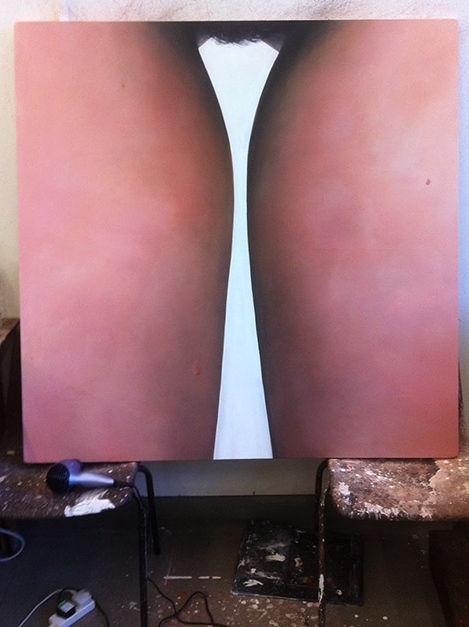Sketchbook Page
When looking at all the different styles and fonts used in neon signs for advertising all manner of things, it’s clear to see there’s no fixed rules. Originally I felt there might be some kind of standardised style of text but that is definitely not the case. Which leaves me to decide on what kind of font I want to develop for my sign. Just looking at the examples of strip club signs in the last post, it seems that capital letters work well. However, I like the idea of a more flowing script like in the example below.
Neon Sign Example Image
Available at: http://i.istockimg.com/file_thumbview_approve/27161018/3/stock-illustration-27161018-neon-sign-girls-icon.jpg
With this in mind, I’ve attempted to develop a kind of cursive writing style that I can adapt to the text to be included in my sign. I feel it looks more enticing somehow. More alluring, more feminine.
Notebook Page
As my research has been progressing for this idea, I’ve been tackling a feeling in my gut that perhaps this whole neon sign thing has been a bit done to death. I’m torn between this and the fact that I feel the materials work perfectly for what I am trying to address in this piece of work. I’ve finally come to the conclusion that, if anything, the fact that neon signs have been a bit done to death in contemporary art, adds strength to my point. It correlates well with the fact that similarly, misogynistic attitudes like those echoed in the routines of Dapper Laughs and elsewhere in patriarchal society have also been completely over used and also ‘done to death’!
It’s all just a bit old hat!!









